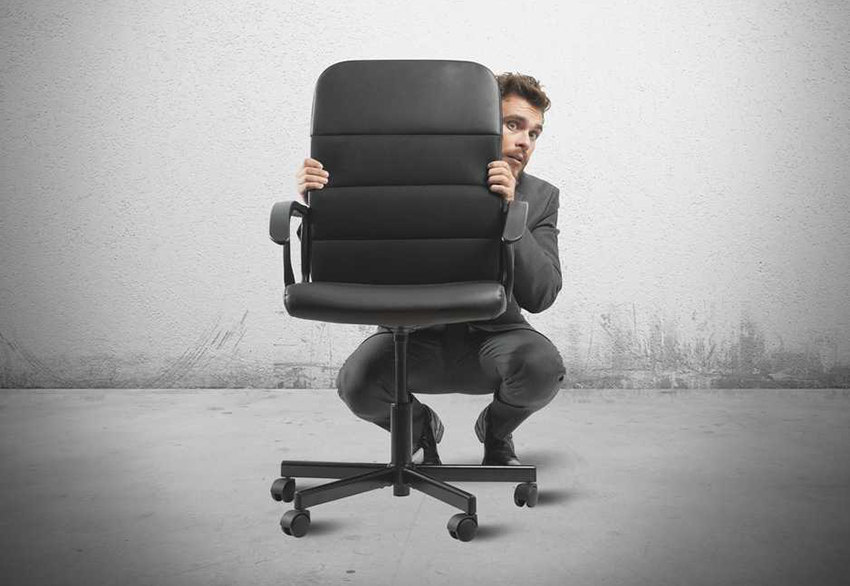
People with social anxiety are often told to face their fears. That gradual exposure to social situations will improve their anxiety. But research suggests those that do not improve are using safety bias tricks without realising. So what are these tricks and how do they lead to avoidance?
Socially anxious people fear social situations for a number of reasons. Some may feel trapped, others suffer from cripplingly low self-esteem, and some simply have anxiety attacks in social settings.
With all types of anxiety disorders, the treatment suggested is a gradual exposure to the fear-producing situation. The premise is to introduce the person very gradually to situations that cause slight anxiety. Once the person learns to stay in the situation and manage the fear, they can move onto a higher level of anxiety.
The idea is that by staying in the fear-producing setting, the person learns that nothing untoward happens and eventually the fear subsides. By the end, the person has overcome their social phobia.
This is all well and good. But as someone with a phobia will tell you, it’s never that simple. And researchers have found that socially anxious people are using safety bias tricks to avoid social situations. So let’s get down to it; what are these behaviors?
Safety bias makes a person undertake certain behaviours during a social setting which are designed to make them feel better, or safe, but in fact, don’t.
Some examples include:
Now we all have behaviours that we repeat to make ourselves feel calmer and more confident. For example, wearing makeup, putting on flattering clothes, even drinking and smoking help us to a certain extent.
And you might think that there isn’t really a problem with a person using these kinds of tricks if they make them feel safer. But research shows that safety bias behaviours actually hinder a socially anxious person’s ability to overcome their fear.
To put this into context, I want to show you some extreme forms of safety bias behaviours.
These are all extreme versions of our socially-anxious sufferers, but you can see that by using safety behaviours, you are actually making the problem worse, not better.
The problem is that these safety behaviours have immediate relief in the short term. If you don’t have to face the most frightening thing in your life, it can be incredibly relieving and feel really good. Not only that, but this good feeling reinforces that what you are doing must be right. But it only works short-term.
In the long-term, it is very damaging. This is because when you engage in safety bias behaviours, you are focusing on your anxiety and your fears. These are at the forefront of your mind at all times. You are constantly examining what’s happening and then reacting to these perceived threats. And don’t forget, that’s all they are – perceived, they are not real.
The problem is that after a while, you become accustomed to feeling like this in social situations. It’s all you know. And then it becomes a vicious circle of negative fear and reaction. You use your safety behaviours and gradually withdraw from society. And although in the short-term, you might feel relieved, you don’t feel better in the long-term.
So what would benefit socially-anxious sufferers instead of safety bias tricks? That old treatment of confronting your fears is true. But you have to do it properly. You have to learn that social situations are not threatening and that there are other ways of coping, without using maladaptive ways.
So what are these adaptive ways of coping with social stress?
Learning to breathe slowly and reduce your heart rate are key to decreasing your panic levels.
Studies show that by talking to yourself in the third person instead of ‘I’m going to panic’ saying ‘She’s going to panic’ takes the edge off and allows you to be objective.
I always had a fear of fainting in public which affected me going out. Then I saw someone faint and everyone was so kind and caring.
You can’t go wrong if you have prepared the life out of your project. Know it inside and out and you won’t feel anxious talking about it on the day.
There’s a lot of talk these days about living in the moment and not letting life pass you by. You can use this mantra to reduce panic by remembering this moment will pass and tonight you’ll be safe in your bed.
It’s tempting to use safety bias tricks to help us get through tough times, but they don’t work, they just waste time, so why not learn some useful ways of coping instead. In fact, check out our CBT page for helpful tips.
References: